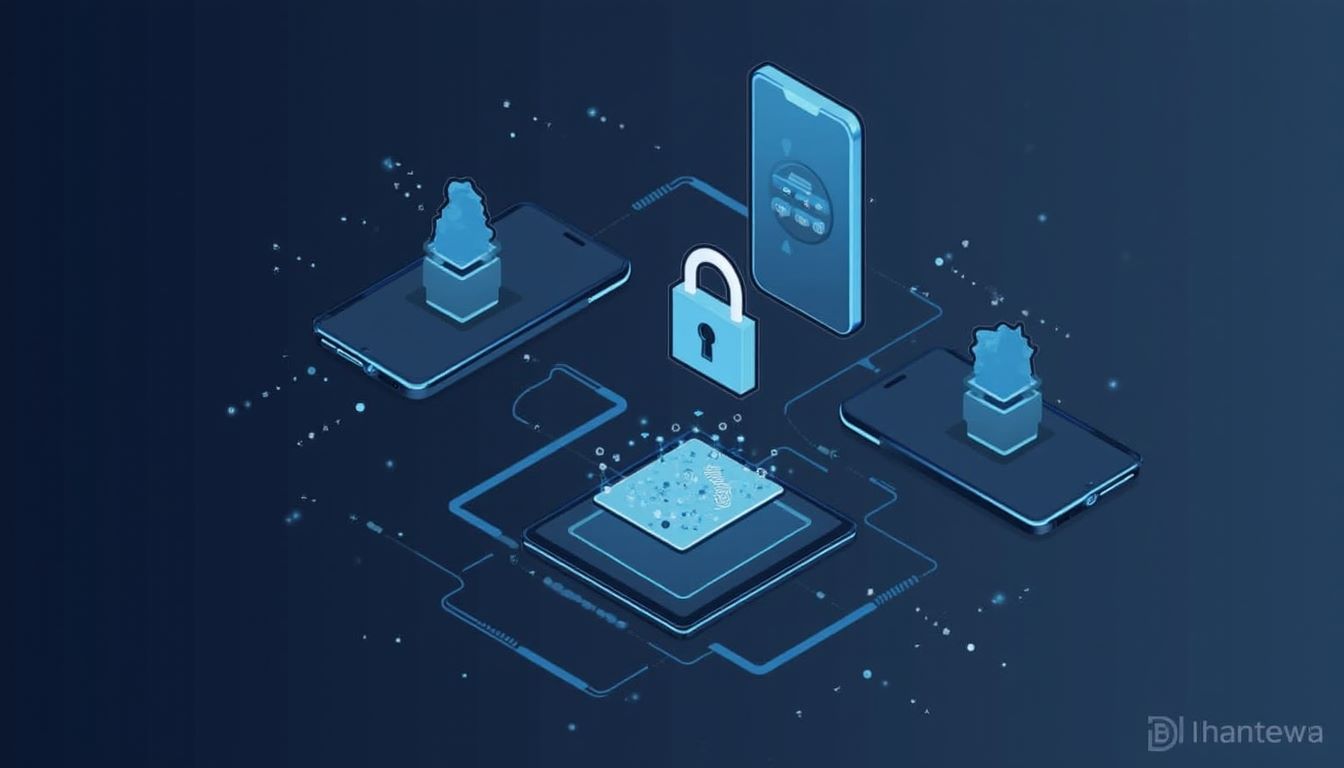What is Cloud Security?
Cloud security encompasses a comprehensive set of technologies, policies, and controls specifically designed to protect data, applications, and infrastructure involved in cloud computing. As businesses increasingly migrate to cloud services for their data storage and application needs, ensuring the security of these environments has become paramount. Cloud security is crucial for maintaining the confidentiality, integrity, and availability of information stored in the cloud.

In recent years, the shift towards cloud computing has transformed how organizations manage their IT resources. However, with this shift comes a new set of challenges and vulnerabilities that must be addressed to protect sensitive data from various threats. This article will delve into the importance of cloud security, its key strategies, and best practices that organizations should adopt to secure their cloud environments.
Why is Cloud Security Important?
Protection of Sensitive Data
Organizations often store sensitive information, such as customer data, intellectual property, and proprietary information, in the cloud. Effective cloud security measures help prevent unauthorized access and data breaches, ensuring that this information remains confidential. With cybercriminals constantly seeking vulnerabilities to exploit, protecting sensitive data has never been more critical. A data breach can not only lead to financial losses but also damage an organization’s reputation and customer trust.
Mitigating Data Loss
Data loss can occur due to various reasons, including accidental deletion, cyber attacks, hardware failures, or natural disasters. Cloud security solutions, such as data encryption, backup services, and disaster recovery plans, help mitigate the risks associated with data loss. These measures allow organizations to recover their data quickly and effectively, minimizing downtime and operational disruption. Regular backups ensure that in the event of data loss, businesses can restore their information without significant delays.
Compliance with Regulations
Many industries have specific regulatory requirements regarding data protection and privacy. For instance, healthcare organizations must comply with HIPAA regulations, while financial institutions are subject to PCI DSS standards. Cloud security ensures that organizations meet these regulatory obligations, thereby avoiding legal issues and potential fines. Compliance not only protects sensitive information but also demonstrates an organization’s commitment to data security and privacy, which is increasingly becoming a factor in customer decision-making.
Shared Responsibility Model
In cloud computing, security is a shared responsibility between the cloud service provider (CSP) and the customer. Understanding this model is essential for organizations to implement appropriate security measures at their end while relying on the provider to maintain the underlying infrastructure’s security. While the CSP is responsible for securing the cloud infrastructure, the organization must ensure that their applications and data are secure. This division of responsibilities means that both parties must work together to create a secure environment.
Maintaining Business Continuity
Effective cloud security strategies contribute to business continuity by ensuring that services remain available and operational, even in the face of cyber threats or data breaches. Organizations can minimize downtime and protect their reputation by having robust security protocols in place. Implementing strategies such as regular security assessments, incident response planning, and employee training can significantly reduce the risk of disruptions.
Key Strategies for Cloud Security
Data Encryption
Encrypting data both at rest (stored data) and in transit (data being transferred) adds an essential layer of security. This ensures that even if unauthorized individuals access the data, they cannot read or use it without the proper decryption keys. Data encryption is a fundamental security practice that helps protect sensitive information, making it difficult for attackers to gain meaningful access to the data.
Identity and Access Management (IAM)
Implementing IAM solutions helps organizations control who has access to their cloud resources. By using multi-factor authentication (MFA) and role-based access controls, organizations can limit access to sensitive data and applications. MFA requires users to provide two or more verification factors to gain access, enhancing security beyond just passwords. Role-based access ensures that individuals only have access to the data necessary for their job functions, reducing the risk of unauthorized access.
Regular Security Audits
Conducting regular security audits of cloud environments helps organizations identify vulnerabilities and potential threats. By proactively addressing these issues, businesses can strengthen their security posture. Security audits assess the effectiveness of existing security measures and can highlight areas needing improvement, allowing organizations to stay one step ahead of cyber threats.
Incident Response Planning
Having a well-defined incident response plan is crucial for quickly addressing any security breaches or data loss events. This plan should outline the steps to take, including communication protocols, containment strategies, and recovery processes. A well-structured incident response plan enables organizations to react swiftly and effectively to security incidents, minimizing damage and ensuring a quicker recovery.
Employee Training
Educating employees about cloud security best practices is vital. Regular training sessions can help employees recognize potential threats, such as phishing attacks, and understand their role in maintaining security. Employees are often the first line of defense against cyber threats, making it essential for them to be aware of the latest security trends and tactics employed by cybercriminals.
Cloud Security Best Practices
To further enhance cloud security, organizations should adopt the following best practices:
- Choose a Reputable Cloud Service Provider: Select a CSP with a strong reputation for security and compliance. Research their security measures, certifications, and history of incidents to ensure they align with your security requirements.
- Implement Strong Password Policies: Encourage employees to use strong, unique passwords and change them regularly. Password managers can help users create and manage complex passwords securely.
- Enable Logging and Monitoring: Implement logging and monitoring solutions to track access and activities within your cloud environment. Monitoring can help detect suspicious activities and provide insights for forensic investigations in case of a breach.
- Use Network Security Solutions: Employ firewalls, intrusion detection systems (IDS), and intrusion prevention systems (IPS) to protect your cloud environment from external threats.
- Regularly Update and Patch Systems: Keep all software, applications, and systems updated with the latest security patches. Vulnerabilities are often exploited by attackers, making timely updates critical.
Conclusion
Cloud security is essential for protecting sensitive data and ensuring business continuity in an increasingly digital landscape. As organizations continue to adopt cloud services, implementing robust security measures becomes a necessity rather than an option. By prioritizing cloud security, businesses can safeguard their data, maintain compliance, and build customer trust.
Investing in cloud security not only protects organizations from potential threats but also enhances their overall operational efficiency. As the landscape of cyber threats evolves, organizations must remain vigilant and proactive in their security strategies to thrive in a cloud-based world.
For more information on cloud security and its significance, you can explore trusted resources like the Cloud Security Alliance (CSA) and IBM Security.



